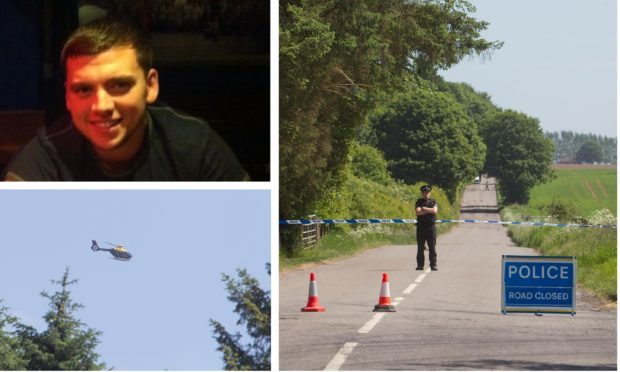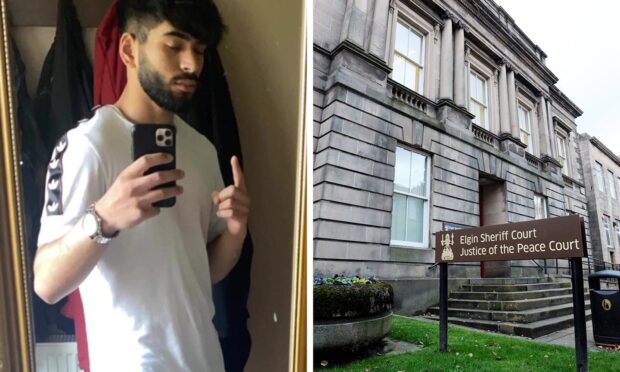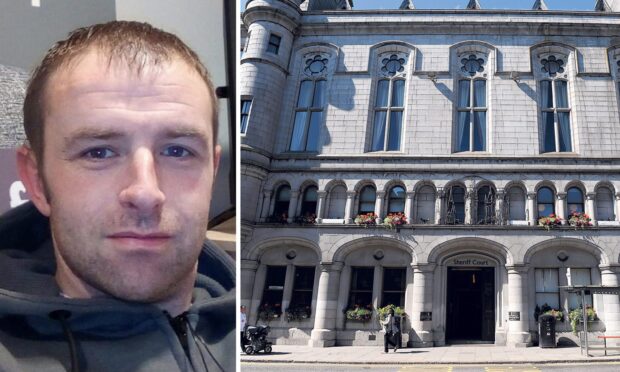A juror in a murder trial fainted moments after hearing graphic evidence revealing the victim’s spinal cord had been severed in two places, possibly by an axe or machete, killing him.
The High Court had to briefly adjourn during the eighth day of the Edinburgh trial against a woman and two men – Tasmin Glass, Steven Dickie and Callum Donaldson – accused of murdering 27-year-old Aberdeen oil worker Steven Donaldson.
A forensic pathologist had been detailing the extent of horrific injuries found on Mr Donaldson’s charred body after it was discovered at Loch of Kinnordy nature reserve, near Kirriemuir, on June 7 last year.
Jurors were shown photographs of the injuries, which had included numerous deep stab or incision wounds to Mr Donaldson’s head, neck body and legs, a broken jaw and badly-burned lower limbs.
Dr Helen Brownlow from Dundee University also told jurors that wounds which had cut both of Mr Donaldson’s hands through to the bone could have been inflicted as he was trying to protect himself.
Stab wounds on his legs might also have resulted from him pulling them up towards his torso in defence.
The Edinburgh jury had previously been given evidence confirming sharp force injuries as Mr Donaldson’s cause of death and Dr Brownlow said he had suffered blows to the back of the neck which chopped through the neck bones and severed the spinal cord in two places, injuries she said would lead to immediate death.
“The wounds were complex and lie on the same plane, so they are overlapping each other,” said the witness.
“It’s possible there were more but earlier ones had been obliterated by later blows. There were at least six in this location of the body.”
She said they could have been caused by a sword, machete, cleaver or axe.
Detailing the hand injuries, Dr Brownlow told the court: “Those type of injuries could be caused by individuals putting up their hands to protect themselves from blows. We tend to refer to them as defence injuries, to try and block a strike from a blade or instrument.”
Two deep stab wounds to the victim’s torso, which were among eight found on that part of the body, punctured his lungs.
The autopsy also found eight stab wounds on Mr Donaldson’s left leg and the witness told the court: “It is possible that they may have been caused by the accused attempting to shield himself from blows.
“In previous cases I have seen victims trying to pull their knees up towards their torso to protect themselves from sharp force injury.”
The witness also said she could not rule out the possibility burn injuries to Mr Donaldson’s head and body were the result of an attempt to set fire to the body.
Toxicology tests showed no traces of either alcohol or drugs in Mr Donaldson’s body, the trial heard.
In cross-examination by Dickie’s defence counsel, Ian Duguid QC, Dr Brownlow said there was no way of telling whether Mr Donaldson would have been conscious or unconscious when any of the other injuries were inflicted prior to the fatal severing of the spinal cord.
The trial continues.










